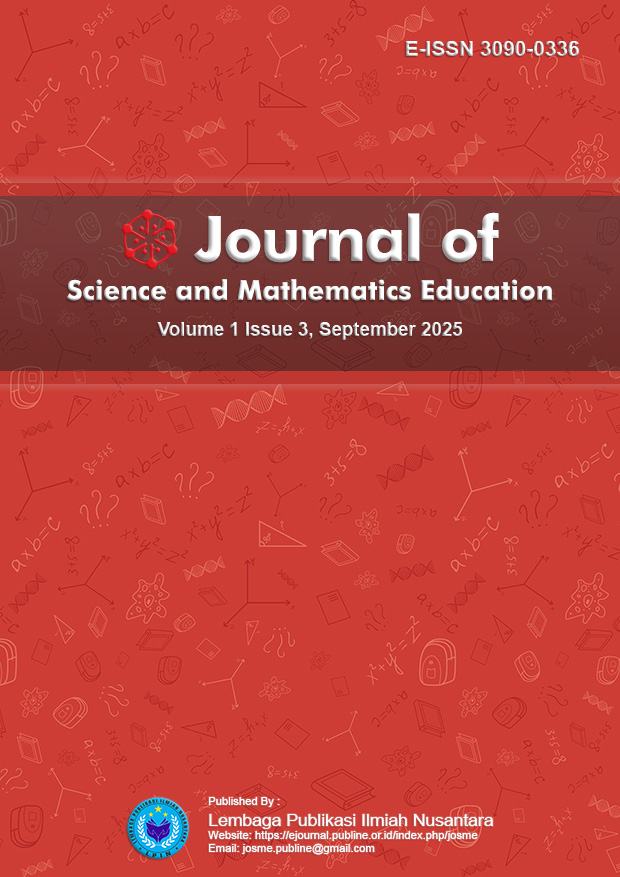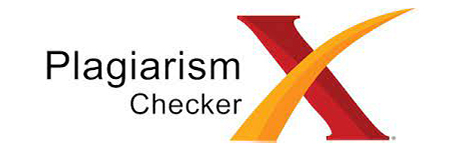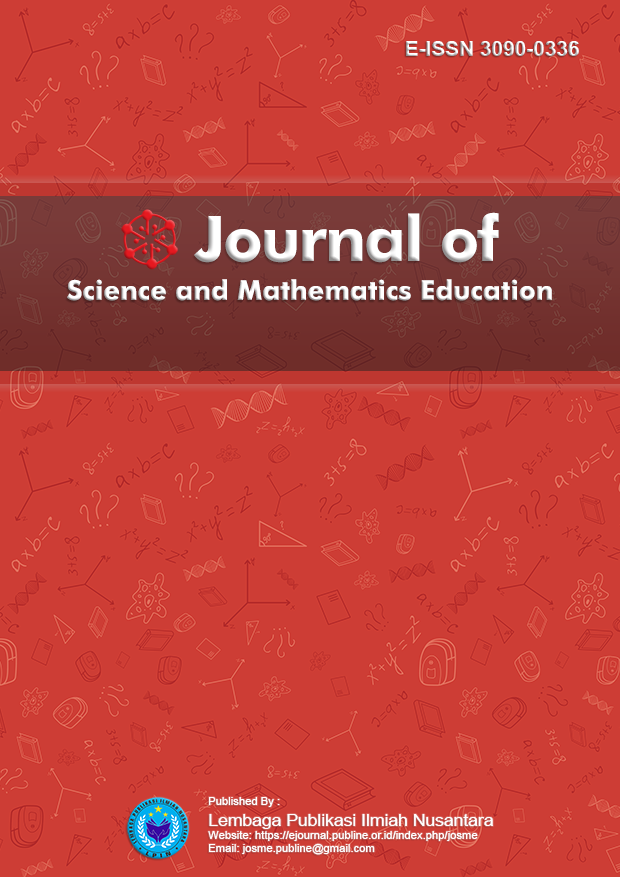Effectiveness of Interactive Animation Media in Improving Conceptual Understanding Physics Education at National High School of Tengku Sulaiman Malaysia
DOI:
https://doi.org/10.70716/josme.v1i3.242Keywords:
Interactive Animation, Conceptual Understanding, Physics Education, Instructional Media, Secondary SchoolAbstract
This study aims to evaluate the effectiveness of interactive animation media in enhancing students’ conceptual understanding in physics education at the National High School of Tengku Sulaiman, Malaysia. The research was conducted using a quasi-experimental method with a pre-test and post-test control group design. A total of 60 students from two equivalent classes were selected as the sample, with one class receiving instruction through interactive animation media and the other through conventional teaching methods. The instrument used was a validated conceptual understanding test consisting of multiple-choice and open-ended questions tailored to the physics topics covered. Quantitative data analysis was conducted using descriptive statistics and inferential tests, including paired and independent samples t-tests. The results showed that students in the experimental group demonstrated significantly higher improvement in conceptual understanding compared to the control group. The use of interactive animations allowed students to visualize abstract concepts, engage in self-paced learning, and foster deeper cognitive connections. Furthermore, the media stimulated curiosity and motivation, leading to more active participation during lessons. These findings suggest that integrating interactive animation media into physics instruction can be a powerful pedagogical strategy to address students' learning difficulties and enhance academic outcomes. The study recommends broader implementation of such media in science classrooms and further research on its long-term impact.
Downloads
References
Ahmad, N., & Ahmad, S. (2020). The Effect of Interactive Computer Animation and Simulation on Students’ Achievement and Motivation in Learning Electrochemistry. Jurnal Pendidikan IPA Indonesia, 9(2), 178–185.Unnes Journal
Chi, M. T. H., Bassok, M., Lewis, M. W., Reimann, P., & Glaser, R. (1989). Self-explanations: How students study and use examples in learning to solve problems. Cognitive Science, 13(2), 145–182.
Clark, R. C., & Mayer, R. E. (2016). E-learning and the science of instruction: Proven guidelines for consumers and designers of multimedia learning (4th ed.). Wiley.
Dancy, M. H., & Beichner, R. (2006). Impact of animation on assessment of conceptual understanding in physics. Physical Review Special Topics - Physics Education Research, 2(1), 010104.Physical Review Journals
Freeman, S., Eddy, S. L., McDonough, M., Smith, M. K., Okoroafor, N., Jordt, H., & Wenderoth, M. P. (2014). Active learning increases student performance in science, engineering, and mathematics. Proceedings of the National Academy of Sciences, 111(23), 8410–8415.
Hake, R. R. (1998). Interactive-engagement versus traditional methods: A six-thousand-student survey of mechanics test data for introductory physics courses. American Journal of Physics, 66(1), 64–74.
Jonassen, D. H. (1999). Designing constructivist learning environments. In C. M. Reigeluth (Ed.), Instructional-design theories and models: A new paradigm of instructional theory (Vol. 2, pp. 215–239). Lawrence Erlbaum Associates.
Julia, C. R., Jannah, M., Rusydi, R., & Hamid, A. (2022). Development of Interactive Physics Learning Videos Based on Science Environment Technology Society at the High School Level. Phi: Jurnal Pendidikan Fisika dan Terapan, 10(2), 123–132.Unnes Journal+2Jurnal New+2Ar-Raniry Journal+2
Mayer, R. E. (2005). The Cambridge handbook of multimedia learning. Cambridge University Press.
Mayer, R. E., & Moreno, R. (2002). Animation as an aid to multimedia learning. Educational Psychology Review, 14(1), 87–99.
Ministry of Education Malaysia. (2013). Malaysia Education Blueprint 2013–2025. Putrajaya: Ministry of Education Malaysia.
Perkins, K., Adams, W., Dubson, M., Finkelstein, N., Reid, S., Wieman, C., & LeMaster, R. (2006). PhET: Interactive simulations for teaching and learning physics. The Physics Teacher, 44.
Ahmad, N., & Ahmad, S. (2020). The Effect of Interactive Computer Animation and Simulation on Students’ Achievement and Motivation in Learning Electrochemistry. Jurnal Pendidikan IPA Indonesia, 9(2), 178–185.
Clark, R. C., & Mayer, R. E. (2016). E-learning and the science of instruction: Proven guidelines for consumers and designers of multimedia learning (4th ed.). Wiley.
Freeman, S., Eddy, S. L., McDonough, M., Smith, M. K., Okoroafor, N., Jordt, H., & Wenderoth, M. P. (2014). Active learning increases student performance in science, engineering, and mathematics. Proceedings of the National Academy of Sciences, 111(23), 8410–8415.
Mayer, R. E. (2005). The Cambridge handbook of multimedia learning. Cambridge University Press.
Mayer, R. E., & Moreno, R. (2002). Animation as an aid to multimedia learning. Educational Psychology Review, 14(1), 87–99.
Yunus, M. M., Salehi, H., & Chenzi, C. (2010). Integrating social networking tools into ESL writing classroom: Strengths and weaknesses. English Language Teaching, 5(8), 42–48.
Downloads
Published
How to Cite
Issue
Section
License
Copyright (c) 2025 Khadijah Khualid, Siti Noor Rohmah

This work is licensed under a Creative Commons Attribution-ShareAlike 4.0 International License.











